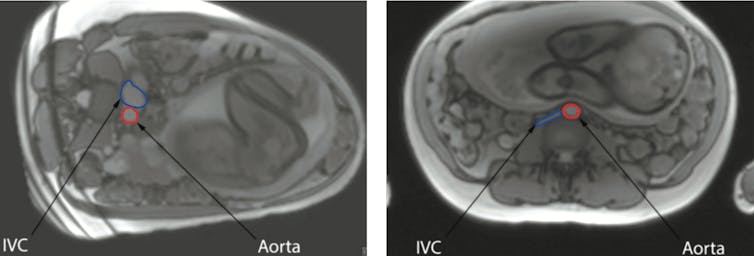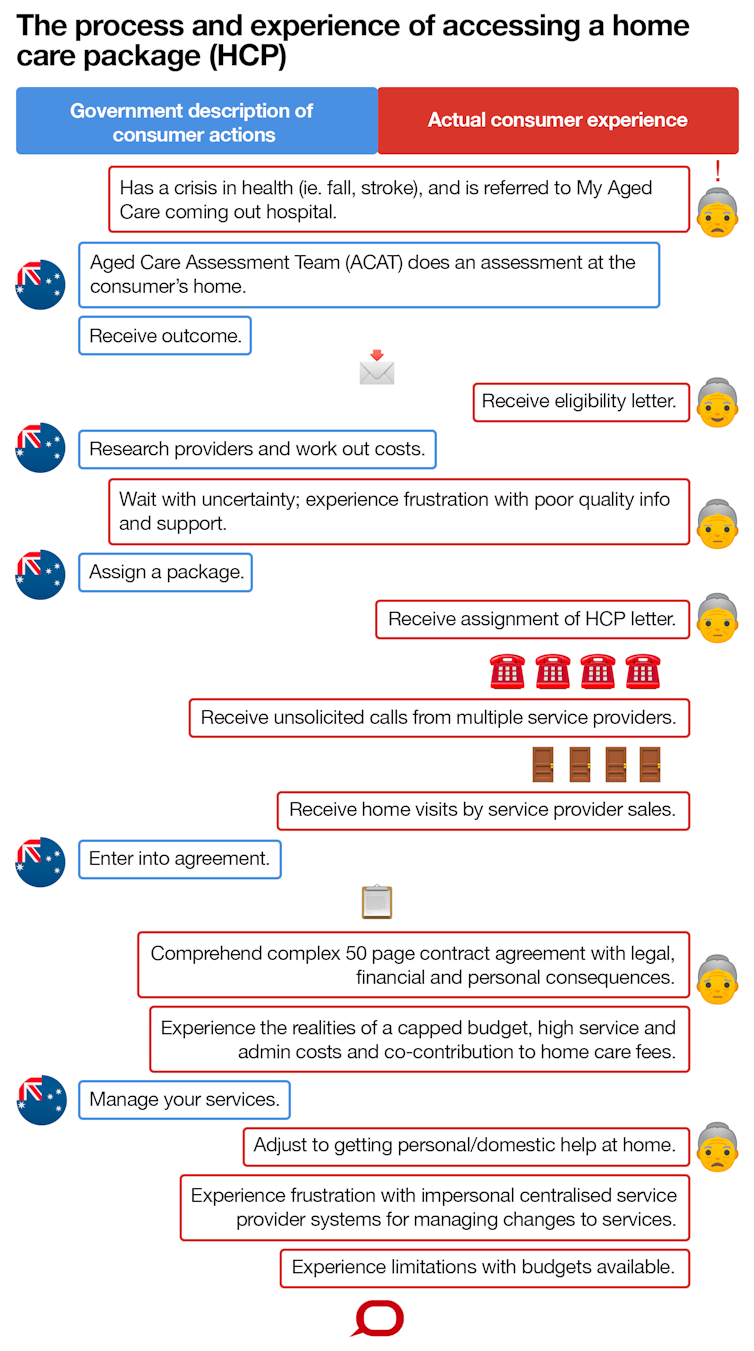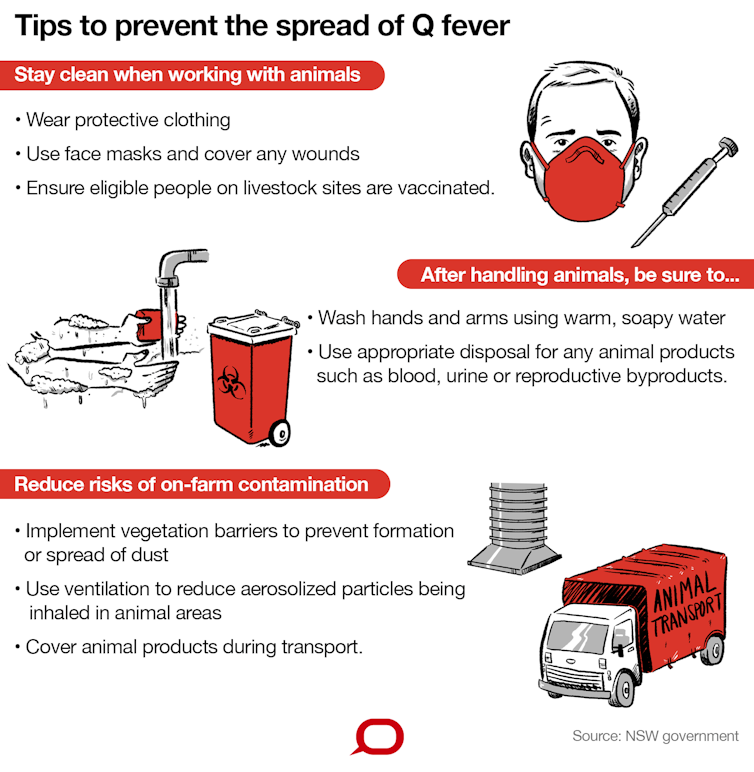Read the latest articles relevant to your clinical practice, including exclusive insights from Healthed surveys and polls.
By reading selected clinical articles, you earn CPD in the Educational Activities (EA) category whenever you click the “Claim CPD” button and follow the prompts.
Does that sound easy? If you think so, perhaps double-check with a friend who has young children. From my spot poll of parents, many feel that careful adherence to these rules would be unmanageable. Homes are not hospitals; interacting with our loved ones is not a sterile procedure. I can’t help but feel that we are setting mothers up to fail by introducing these standards, and thereby compounding the guilt they carry. Early parenthood is a risky time of life for mental health issues like depression. If we are to make new mothers feel guilty about such fundamental human interactions as sharing meals and kissing, won’t we intensify their stress at this vulnerable time? If mothers feel they must respond to a joyful kiss from their toddler not with reciprocation, but with admonishment – “not on the lips, darling, only the cheek” – mightn’t this affect their bonding with their child?
- Do not share food, drinks, or utensils used by children (under the age of three years)
- Do not put a child’s dummy/soother in your mouth
- Avoid contact with saliva when kissing a child (“kiss on the forehead not on the lips”)
- Thoroughly wash your hands with soap and water for 15-20 seconds especially after changing nappies or feeding a young child or wiping a young child’s nose or saliva
- Clean toys, countertops and other surfaces that come into contact with children’s urine or saliva.


